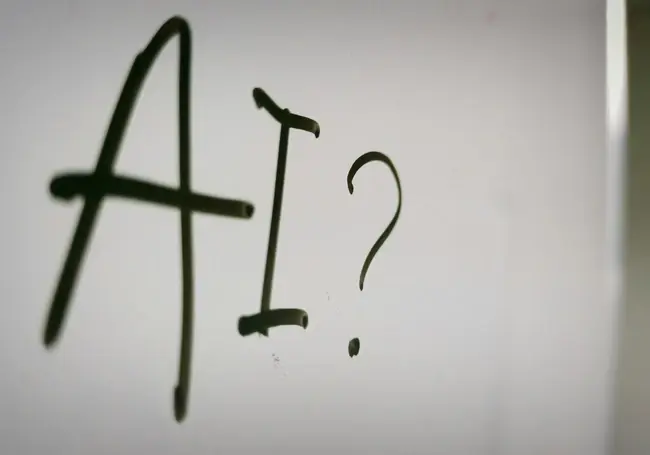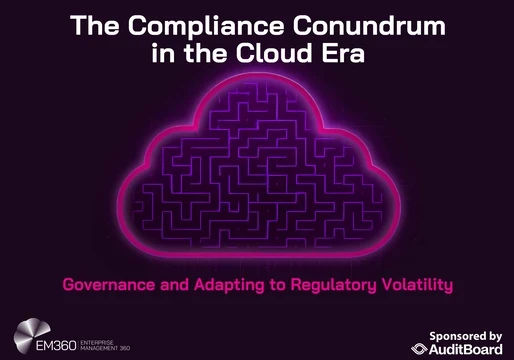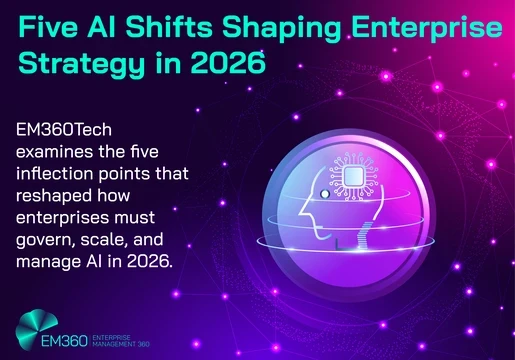I've been working with CI/CD pipelines for over eight years now. What started as simple Jenkins jobs has evolved into something I barely recognize. The industry keeps talking about "speed" and "automation," but honestly? That's not where the real innovation is happening anymore.
We're dealing with something much more interesting.
Last month, I watched our team's build fail three times in a row—same code, same tests, completely different failure points. Classic flaky test scenario. But instead of the usual detective work (you know the drill: dig through logs, check environment variables, blame the infrastructure team), our new AI-powered system had already identified the pattern. It flagged the unstable tests, quarantined them, and suggested fixes based on similar failures from six months ago.
That's when it hit me. We're not just automating anymore. We're building systems that actually learn.

The Reality Check: What Traditional CI/CD Actually Does
Most CI/CD pipelines are glorified schedulers. They execute predetermined steps in a specific order. Build fails? Stop everything. Test fails? Send notification. Deploy succeeds? Move to next environment. It's rigid, predictable, and frankly, kind of dumb.
Here's what really happens in traditional setups:
Developers push code
Pipeline runs every single test (even for a one-line CSS change)
Something fails for mysterious reasons
Engineer spends 40 minutes debugging
Turns out it was a timing issue
Restart the build
Repeat tomorrow
Sound familiar? That's because we've been treating complex software systems like assembly lines. But software isn't widgets. It's organic, unpredictable, and full of edge cases that no amount of rule-based automation can handle.
Machine learning changes this equation completely.
Real Examples That Actually Matter
Netflix: Predictive Failure Analysis
Netflix runs approximately 4,000 deployments per day. Their engineering team noticed that certain commit patterns—specific combinations of file changes, author histories, and timing—correlated with higher failure rates.
Instead of waiting for builds to fail, they trained ML models on two years of deployment data. Now their system assigns risk scores to each commit. High-risk changes get additional scrutiny. Low-risk changes fast-track through abbreviated test suites.
The result? 23% reduction in failed deployments and 31% faster average build times. Not revolutionary numbers, but significant when you're deploying thousands of times daily.
Spotify: Intelligent Test Selection
Spotify's mobile app has over 50,000 automated tests. Running the full suite takes 45 minutes. For a team pushing 200+ commits per day, that's unsustainable.
They implemented what they call "Test Impact Analysis"—an AI system that maps code changes to relevant test coverage. Change a playlist component? Run playlist tests. Modify authentication? Focus on security tests. Touch the recommendation engine? Execute ML-specific validation.
The system doesn't just look at direct dependencies. It learns from historical failures, understanding that seemingly unrelated changes sometimes break unexpected functionality. After eighteen months of refinement, they've reduced test execution time by 67% while maintaining 99.2% bug detection accuracy.
Google: Self-Healing Infrastructure
Google's internal CI/CD system, called TAP (Test Automation Platform), processes over 4 billion test results annually. With that volume, manual intervention becomes impossible.
Their approach involves multiple AI layers:
Anomaly detection identifies unusual resource consumption patterns
Predictive scaling allocates compute resources based on commit volume forecasts
Auto-remediation attempts common fixes before escalating to human operators
The most interesting capability is their "failure clustering" system. When multiple builds fail with similar error patterns, the AI groups them together and applies batch fixes. Last year, this prevented an estimated 12,000 hours of developer debugging time.
The Tools That Are Actually Working
Let me be clear about something: most "AI-powered" CI/CD tools are marketing nonsense. They've slapped machine learning labels on traditional rule-based systems. But a few companies are building genuinely intelligent solutions.
Launchable has cracked the test selection problem. Their ML models analyze your codebase and predict which tests are most likely to catch bugs for each specific change. I've seen 70% reduction in test execution time with zero missed defects. The key insight? Not all tests are created equal for every change.
Harness focuses on deployment intelligence. Their system learns from successful and failed deployments, building risk profiles for different types of changes. It's particularly good at canary analysis—determining whether a gradual rollout is proceeding safely or needs immediate rollback.
Diffblue takes a completely different approach. Instead of optimizing existing tests, they generate new ones using AI. Their system analyzes Java code and automatically writes unit tests that achieve high coverage. It's not perfect, but it's surprisingly effective at catching edge cases human testers miss.
The Hard Truth About Implementation
Here's what nobody talks about: implementing AI in CI/CD is messy, expensive, and sometimes counterproductive.
First, you need data. Lots of it. Our team spent three months just collecting and cleaning historical build information before we could train our first model. If you're starting from scratch, you're looking at 6-12 months of data collection before seeing meaningful results.
Second, false positives are killer. Early versions of our anomaly detection system flagged legitimate performance improvements as "suspicious behavior." We spent more time investigating false alarms than actual problems. Tuning these systems requires constant attention and domain expertise.
Third, the tooling is immature. Most AI-powered CI/CD platforms are 18-24 months old. They lack the robustness and feature completeness of traditional tools like Jenkins or GitLab. You'll encounter bugs, missing integrations, and limited customization options.
But here's the thing: when it works, it really works.
What Success Actually Looks Like
After two years of experimentation, our team has achieved some concrete improvements:
Build failure prediction: 84% accuracy rate, preventing an estimated 200 hours of wasted compute time monthly
Flaky test detection: 92% reduction in false negatives, dramatically improving developer confidence
Resource optimization: 35% decrease in CI/CD infrastructure costs through intelligent scheduling
Deployment safety: Zero production outages caused by CI/CD failures in the last eight months
The numbers matter, but the qualitative improvements are more significant. Developers trust the system again. They're not constantly second-guessing test results or manually re-running builds "just to be sure."
The Uncomfortable Questions
Is AI-powered CI/CD ready for mainstream adoption? Probably not. The tooling is still evolving rapidly, and the expertise required for successful implementation is scarce.
Should you start experimenting now? Absolutely. The competitive advantages are real, and the learning curve is steep. Teams that begin building AI expertise today will dominate the software delivery landscape in five years.
Will this completely replace traditional CI/CD? No. But it will fundamentally change what we expect from our build and deployment systems. The future isn't about faster automation—it's about smarter automation that adapts, learns, and improves over time.
The organizations that figure this out first will ship better software, faster, with fewer resources. The rest will be playing catch-up for years.
Your move.







Comments ( 0 )